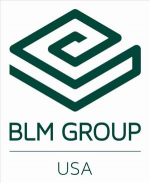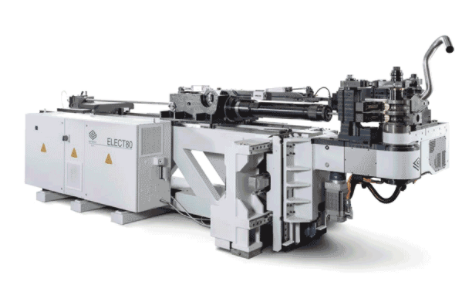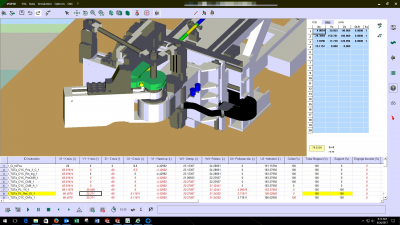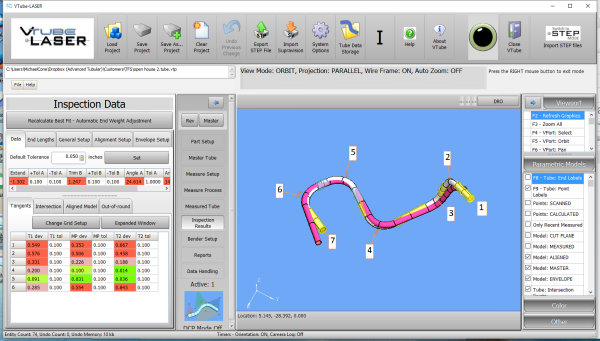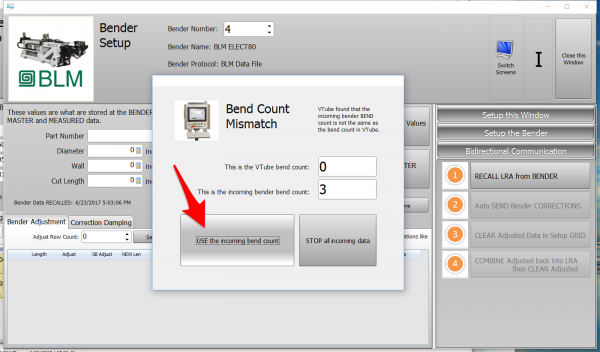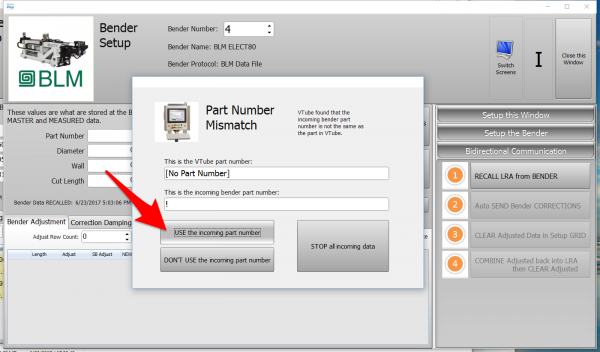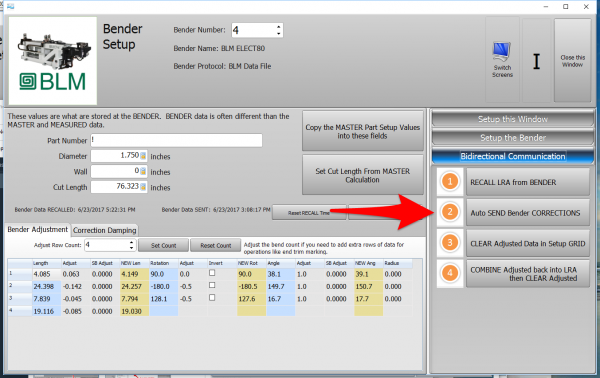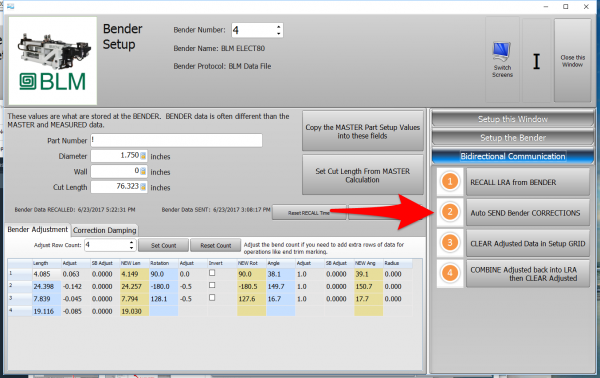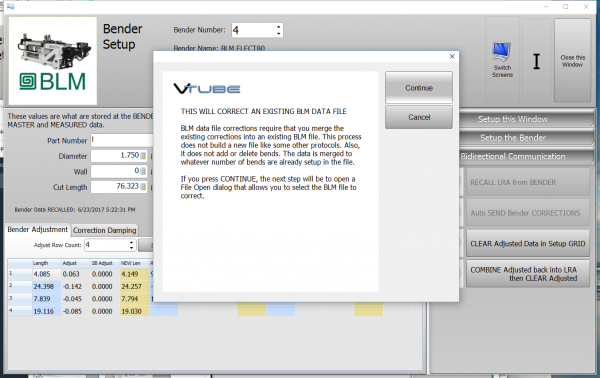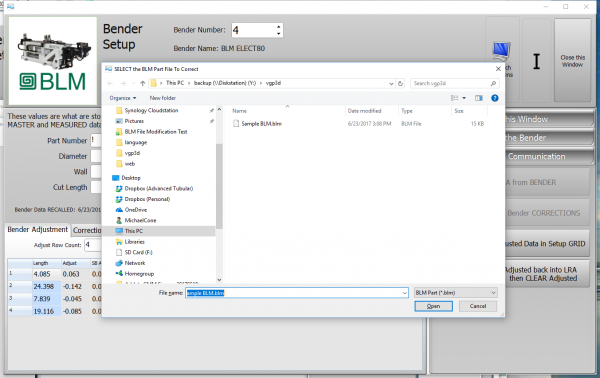Difference between revisions of "VTube Communication for BLM VGP3D"
(→Send the Corrections to the BLM File) |
(→Send the Corrections to the BLM File) |
||
| Line 187: | Line 187: | ||
| − | Save the Correction data to the file for the | + | Save the Correction data to the file for the BLM to import. |
<br><br> | <br><br> | ||
STEP 1 - Click on Bidirectional Communication<br><br> | STEP 1 - Click on Bidirectional Communication<br><br> | ||
| Line 199: | Line 199: | ||
</tr> | </tr> | ||
</table> | </table> | ||
| + | <br><br> | ||
| + | ===Dialogs Inside the Send Corrections Feature=== | ||
| + | <table cellpadding=10> | ||
| + | <tr valign=top> | ||
| + | <td width=300> | ||
| + | STEP 1 - The first dialog explains how communications happens - but file merge.<br><br> | ||
| + | STEP 2 - In the SAVE dialog, select the BLM file to merge data into, then press Save. | ||
| + | STEP 3 - VTube will show a timed message about the data merge. | ||
| + | </td> | ||
| + | <td width=400> | ||
| + | [[image:VTL BLM Send Correction.png|600px]]<br><br> | ||
| + | [[image:VTL BLM Send Correction Explanation Dialog.png|600px]]<br><br> | ||
| + | [[image:VTL BLM Send Correction with Open Dialog.png|600px]]<br><br> | ||
| + | </td> | ||
| + | </tr> | ||
| + | </table> | ||
<br><br> | <br><br> | ||
Revision as of 21:38, 23 June 2017
About this Page
|
This page describes the setup and use of the VTube to BLM communications. |
The Basics of How It Works
|
Communications Setup at the BLM Bender
|
Setup Benderlink at VTube-STEP or VTube-LASER
Entering Benderlink Setup
|
Setup the Benderlink Network Grid for the BLM Bender
|
How to SEND CORRECTION Data to the BLM Control from VTube-LASER
After Bending the Tube
Bend a tube then measure it with VTube-LASER.
Measure the tube with VTube-LASERMeasure and align the tube to determine if it qualifies by falling within the envelope tolerance for the tube shape.
|
Correct the BLM with VTube-LASER - Enter BENDER SETUP
|
Follow these steps in the VTube-LASER: Press the "BENDER SETUP button in the Navigation Pane. |
INITIAL RECALL Setup of Bender Setup Window
|
The first time in this window for a new part will require these steps before you can correct the BLM bender. These steps assume that you have programmed a part in the bender, and that you have measured and aligned a part. STEP 1 - Set the correct bender number at the top of the window. The BLM bender should display if you have already setup the bender protocol in the Benderlink grid.
|
RECALL Warning Boxes
|
VTube-LASER will probably warn you that the incoming data count and part number does not match what is in VTube-LASER.
|
AFTER RECALL
|
After the RECALL, the Blue Columns will show the data that is programmed in the BLM control. |
Send the Corrections to the BLM File
|
|
Dialogs Inside the Send Corrections Feature
|
STEP 1 - The first dialog explains how communications happens - but file merge. |
Import the Correction Data at the AMOB Control
|
|
AMOB Control Bender Data Updated
|
|
Synchronizing the VTube-LASER and AMOB Data Before Corrections
|
It is critical to be sure the blue columns contain the same data that the AMOB X Axis, Y Axis, Z axis values have before correction is applied. To make the data the value the same for the next correction, you can press the bottom button in the Bidirectional Communications menu on the right. Be sure you do this BEFORE you measure the next corrected part. The reason for this step is because the AMOB does not allow VTube to RECALL data in order to update the BLUE columns for the next correction. So this process must be performed manually. The data in the blue and the orange columns will now be identical. You can exit this window and measure the next corrected part. |
Other Pages
- See VTube-LASER
- See VTube-STEP
